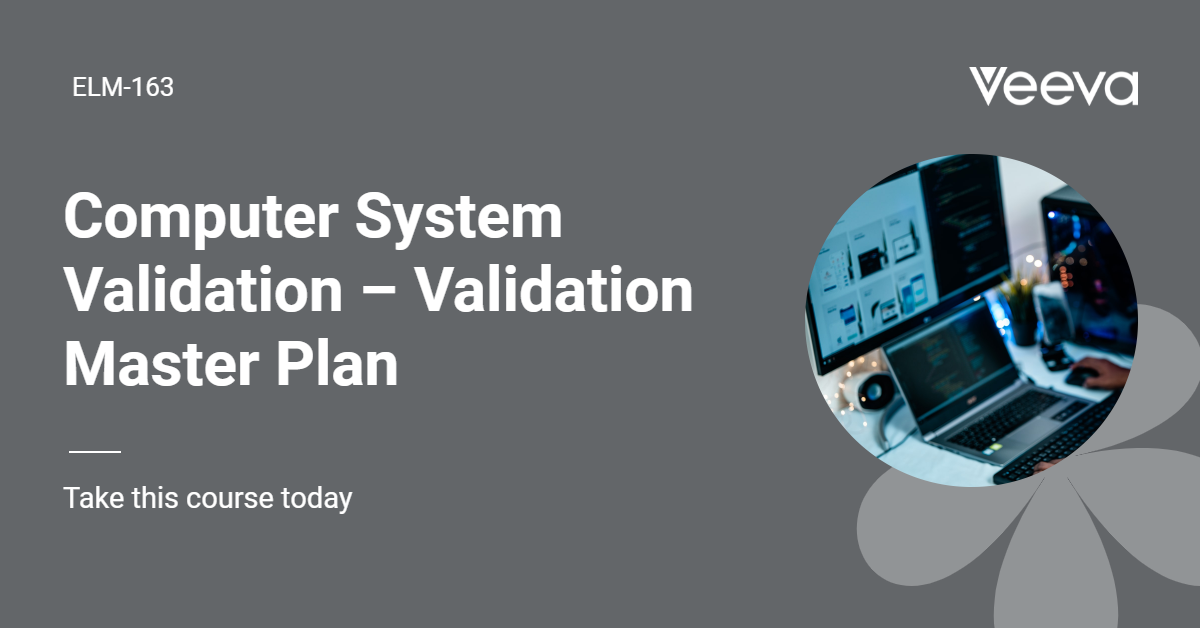It’s always good to clearly identify roles, responsibility, and authority for the validation program.
Frequently, the responsibility falls in the Quality department / personnel but that’s not necessary.
Basic Competence Requirements
We will discuss specific training (competence) needs in the individual validation plan, but the MVP can establish any basic competence requirements like Good Documentation
Practices or similar that the company implements.
For example, one company required that anyone involved in validation was required to have been trained on the Validation SOP.
Policy and Procedures
Ensure your MVP aligns with internal policy and procedures.
Of course, with any role in the life sciences, the individuals assigned the responsibility need to be competent for the activity.
This can be through experience, training, etc.
Validation Program
The MVP can provide the overview for why the assigned personnel have the competence to run the validation program.
Typical roles in a validation program include (not necessarily complete and will certainly vary from company to company):
- Test manager
- Test developer (protocol writer)
- Tester
- And Authorizing and coordinating changes and roll-out (release)
Responsibilities
In addressing responsibilities, there are several things to consider, including, but not limited to who (role) is responsible for:
- The overall program
- Planning and scheduling
- Approval of validation protocols
- Execution of validation protocols (possibly different for the different types of protocols)
- Reporting
- Resolving issues
- Managing changes
- Maintaining the validated state
Authority
It’s also important to address authority.
Issues arising in validation can get contentious.
If, during validation, a high-risk issue is revealed, someone should have authority to delay launch of the system until the issue is satisfactorily resolved.





